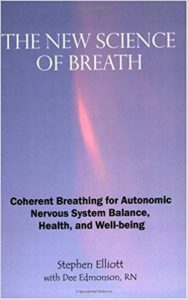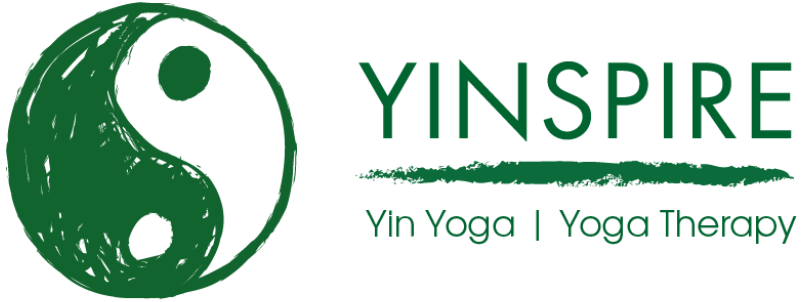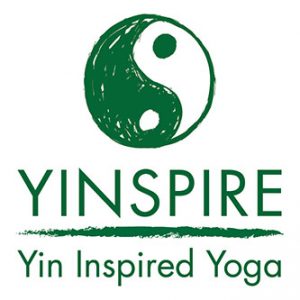 The subtitle to this short book gives a good idea as to its content, “Coherent Breathing for Autonomic Nervous System Balance, Health and Well-being”.
The subtitle to this short book gives a good idea as to its content, “Coherent Breathing for Autonomic Nervous System Balance, Health and Well-being”.
Stephen Elliott researched and brought together the idea of Coherent Breathing, and this 2005 publication, running to 100 pages or so, represents his understanding and research on the topic.
On one level Coherent Breathing is slow breathing, but as the author explains explains it, there is a lot more than this. Coherent Breathing implies a breath ratio of 5.88 seconds – call it 6 – for each inhale and exhale, and as the author explains at this speed there is so called “Coherence” – alignment, harmony – between the heart and breath. And why does this matter? When heart and breath are aligned the Autonomic Nervous System, which shifts between Sympathetic and Parasympathetic balance – flight / fight and rest / digest respectively – comes into balance. Most of us have Sympathetic domination, in essence stress, so the practice develops the Parasympathetic brake on the ANS. As the ANS comes into balance there are so called down stream effects on harmonising brain waves and stress responses in the body.
Long story short: Coherent Breathing represents a credibly researched relaxation and de-stressing technique. It’s something I use daily for 20 minutes or so, and I can see results in my own health and how I handle stress; if you are a regular practitioner of mine, you will recognise 6 second breaths as well.
Through the book we delve more into topics like Heart Rate Variability, a key measure of Nervous system health; Respiratory Sinus Arrhythmia, the link between Breath and heart rate; Cardiopulmonary Resonance and plenty of written up case studies.
Although I’m a fan of short and concise books, even as a professional in the field, this is a book I felt could have been a bit longer and some of the concepts presented in a more structured manner – in places there is a lot of technical content and medical physiology which isn’t explained as well as it could be. As it is at times it’s difficult to comprehend first off, and without a grounding in the field some people would struggle to get full benefit from the book. For me I found this book useful to cement understanding I already had, especially from my current Yoga Therapy studies, and to help me see areas where my understanding needs honing.
So it’s a book I’d recommend cautiously; it is best read with some prior understanding in the area, and without this people may not pick up all the implications. Nevertheless for anyone with an interest and, ideally, some understanding in this area, it’s a useful read.
You can by the book on Amazon and if you use this link, Yinspire earns a small commission
http://amzn.to/2z2lNhw

